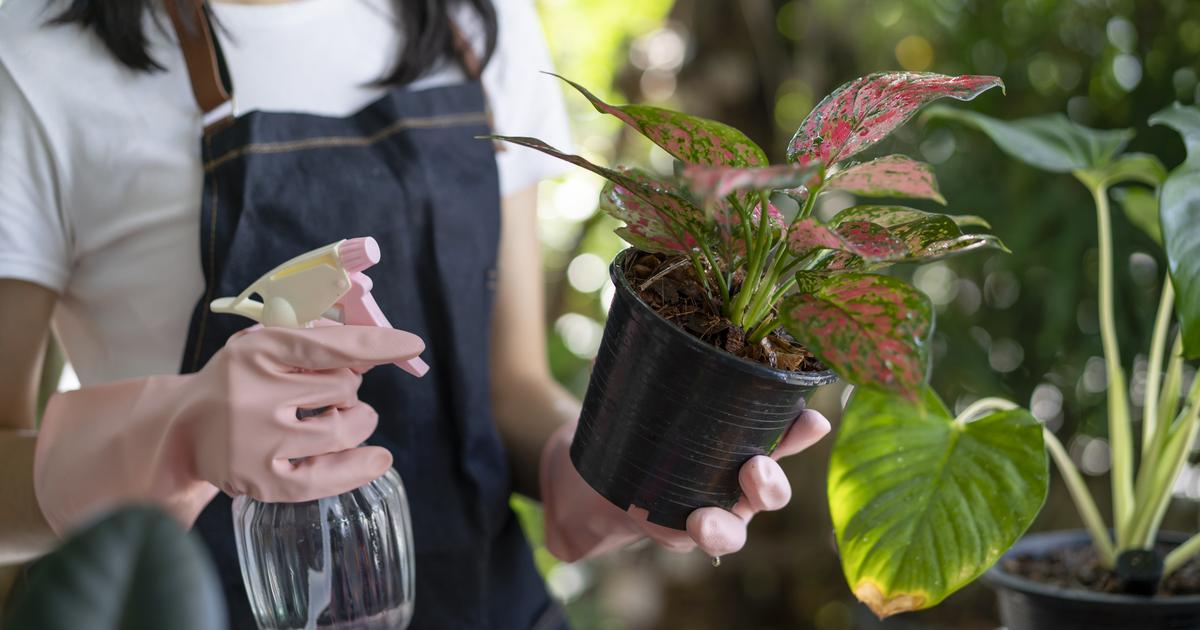Saving a plant in bad shape: detecting the signs of life
Before restarting a plant in bad shape, it is of course necessary to detect some precious signs of life.
Because a truly dead plant is by definition irrecoverable... There is no pessimism, however, despite appearances, a very tired plant can indeed start again if an ounce of life remains.
Among the signs to identify, the presence of green leaves is a very positive point.
If there are buds, do not hesitate to take one in hand to crush it slightly: if it crumbles, the signal is bad.
However, the presence of other “living” buds leaves good hope for reviving the plant.
Another unmistakable sign: scratch the bark lightly with your fingernail.
If the fabrics are green underneath, there is hope.
If, on the other hand, these are brownish, the plant is possibly dead.
The "maneuverability" of the stem is also an important indicator: if the stem is flexible and bendable, then the plant is alive.
A dead plant will indeed have a stem that will break.
Repotting overwatered plants
After over-watering, if the leaves of the green plant look brown or yellowish and the soil is very wet, don't worry.
However, it will be necessary to repot the plant in a pot with holes for drainage, with dry soil.
Be careful with the saucers often used under the pot itself: stagnant water is indeed very harmful to plants.
Repotting is a good habit to adopt, regardless of this type of problem.
Plants do not like to grow in excessively large pots and conversely, a pot that is too small will tire the plant which will sooner or later show signs of weakness.
The idea is therefore to repot the plant according to its variety and according to its growth, every two or three years on average.
Read also10 plants that require little water
Has the plant not had enough water?
You have to water intelligently
When the soil does not touch the edges of the pot and the leaves of the plant are dried up and/or curled up, brown or yellow in color, then the plant is obviously lacking water.
It will therefore be necessary to rehydrate it, with delicacy.
First, remove the dry leaves from the plant and rid the soil of any fallen leaves.
Water its foliage using a mister and soak the pot in water at room temperature.
It is then necessary to water then every day, in small doses, in order to rehydrate the plant gently.
To revive leaves that have turned yellow, a very effective technique consists of watering the plant once a week with a preparation made up of four tablespoons of cider and 2 L of water.
And for the plant to remain hydrated continuously, placing clay balls at the bottom of its container will preserve the humidity longer.
In video, four plants to fight against stress and fatigue
Tired plant in bad shape: the importance of light
Lighting is also very important for the cultivation of plants and their well-being, and the needs differ according to the varieties and the seasons.
If the plant shows obvious signs of fatigue, such as white or brown spots even though the watering has been correctly dosed, it is very often because the plant has been bathed in too much sun.
It will therefore be necessary to change its location and place it in a less well-lit space.
If, despite all efforts, the plant fails and no longer shows any sign of life, it is possible to compost it in order to allow another plant to benefit from these precious nutritional inputs.
A great way to give it a second life.

